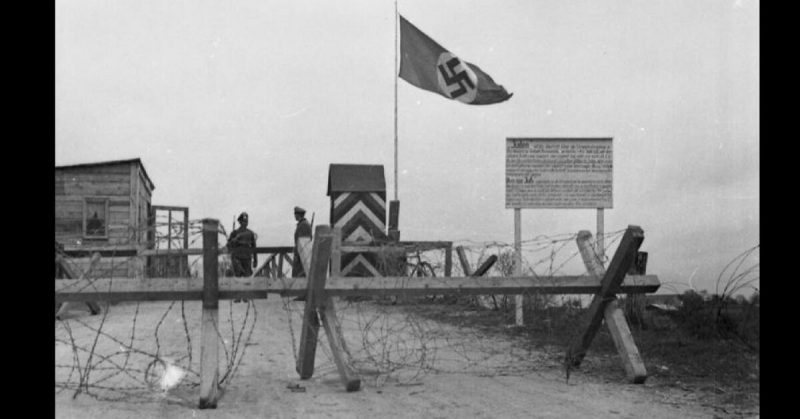If you are not a movie aficionado, the credit at the end of a 007 movie listing Guy Hamilton as director will not mean much to you. Hamilton, like Bond creator Ian Fleming, drew on his Second World War experience to direct successful movies such as Goldfinger and Live and Let Die.
Hamilton grew up in France but was sent to an English boarding school. He made an early entry into the film business in the latter part of the 1930’s, but after leaving France at the start of World War Two, his film-making career was delayed while he joined the effort to defeat Nazi Germany.
In June 1944, he got into a situation that would have even tested James Bond himself.
On a secret mission to drop intelligence agents in Brittany, Lt. Hamilton and his crew of two sailors were marooned in a location crawling with German soldiers.
Using darkness as cover, Hamilton and his crew had rowed to shore from his navy ship in a small surf boat to deposit the agents. But when he headed back, the ship had disappeared. He was stranded.
Plymouth’s Honorary French Consul Alain Sibril, born in Brittany and whose grandfather was a member of the local Resistance, said the event occurred just after D-Day and was extremely dangerous.
Prior to Hamilton’s death last year he spoke to the BBC’s Inside Out team. The events of that time were still clear in his memory. His concern was to get rid of the surf boat then try to put a lot of distance between him and the beach.
He and the two sailors were on the run for several days, navigating minefields and dodging German patrols.
Eventually, they were rescued by the French Resistance and hidden in a safe house run by Anne Ropers.
In an interview before she passed away last year Ropers, then 97, said the men stayed in her parents’ room. At night, the sailors were in one bed and Guy in another. By day, all of them spent their time lying on their beds, so that they remained quiet in order to avoid detection.
If the Germans had discovered them, this would have been extremely risky, Sibril said, not only for them but the entire network of Resistance fighters.
One evening Hamilton’s façade was almost compromised when Resistance members took him for some drinks and a game of boules.
They took him down the road to a café that had a bowling alley. That was fine except that it was crowded with uniformed Germans having a drink, Hamilton related.
His newfound friends asked the Germans, calling them Fritz, that when they were finished bowling would they mind them using it?
Hamilton, as he put it, was appalled and horrified.
Ropers said each team purchased the other a jug of cider. The Germans bought a jug of cider for the Englishman and vice versa.
Hamilton often reminisced on his experiences when directing James Bond films, recalled 007 actor Sir Roger Moore.
Hamilton did tell him that he was once dropped into German-occupied France. He was separated from his squad, finding himself in a difficult situation in a French village swarming with Germans.
Hamilton, fluent in French, convincingly fooled the Germans into thinking he was a local.
For almost a month he managed to avoid detection before escaping back to England. Ten days later the Resistance’s escape route was uncovered by the Nazis.
Hamilton earned the Distinguished Service Cross for his valor.
He returned to the film industry directing hit movies such as The Colditz Story, the Battle of Britain in addition to other Bond movies, Diamonds are Forever and The Man with the Golden Gun.
Moore said Hamilton’s experiences in the Royal Navy helped him to inject life into Bond on the movie screen, BBC News reported.
“The guy was very much like the Bond character. He always knew what was believable and how far he could stretch the credibility of audiences based on both real wartime activities and his film-making experience,” he said.
